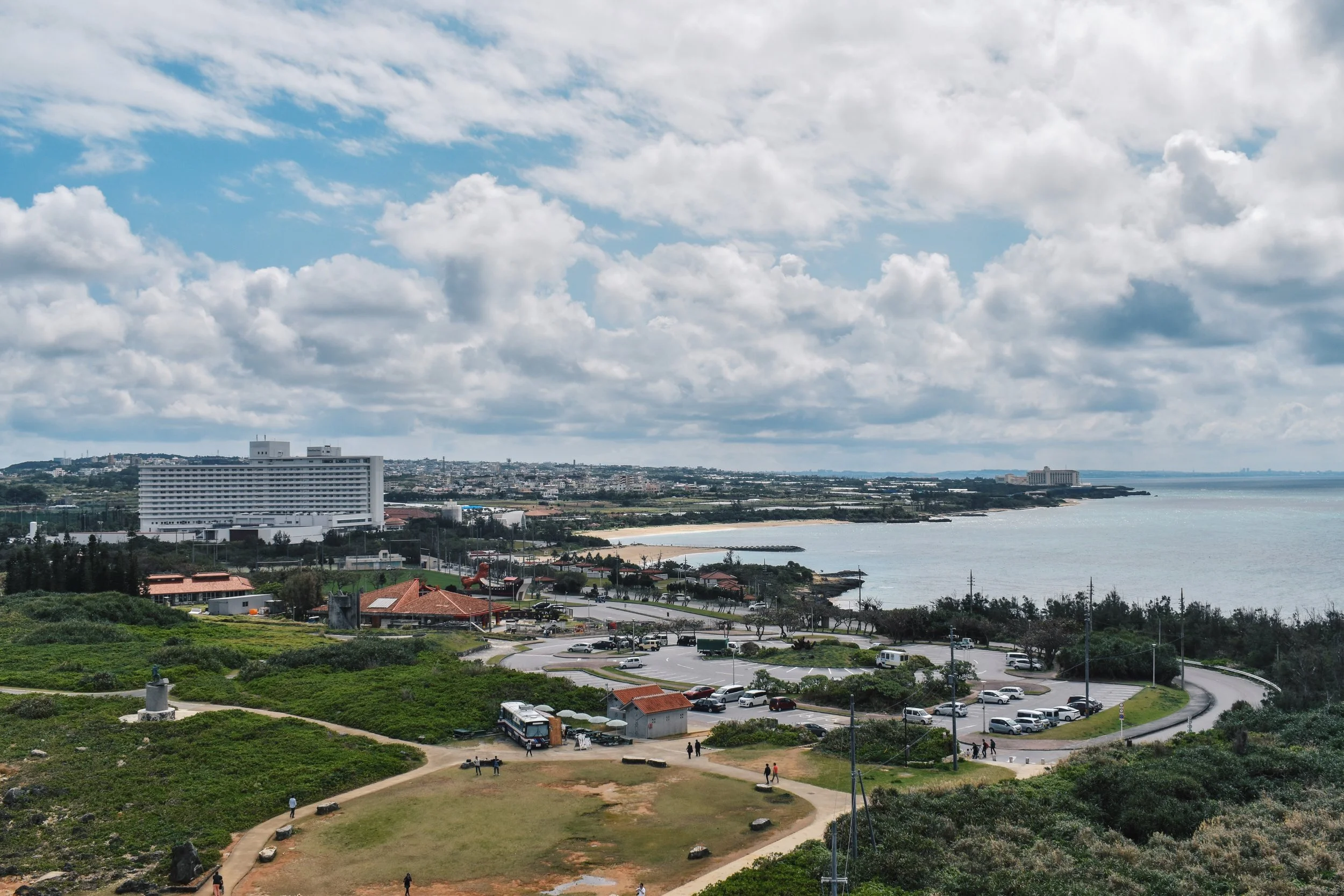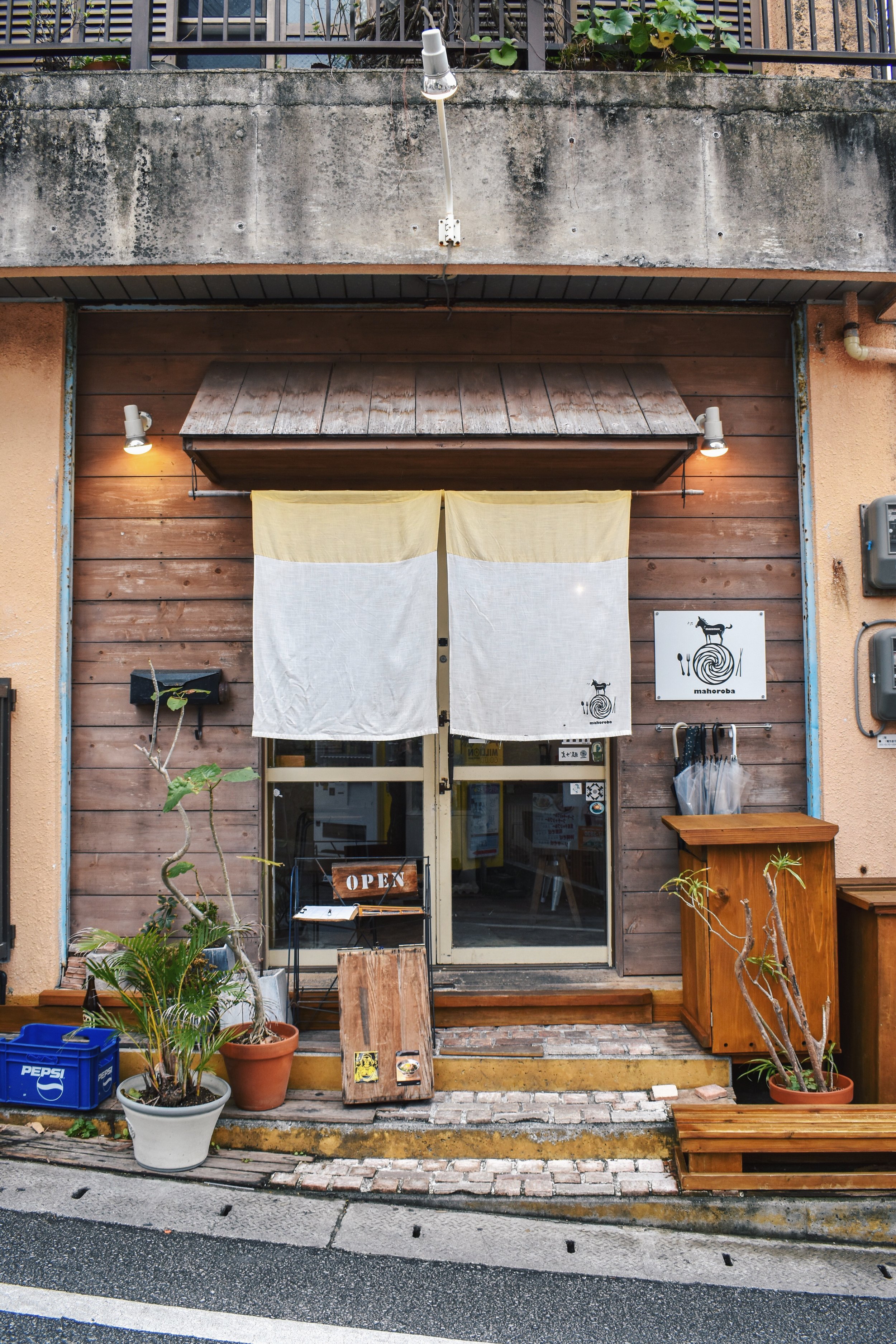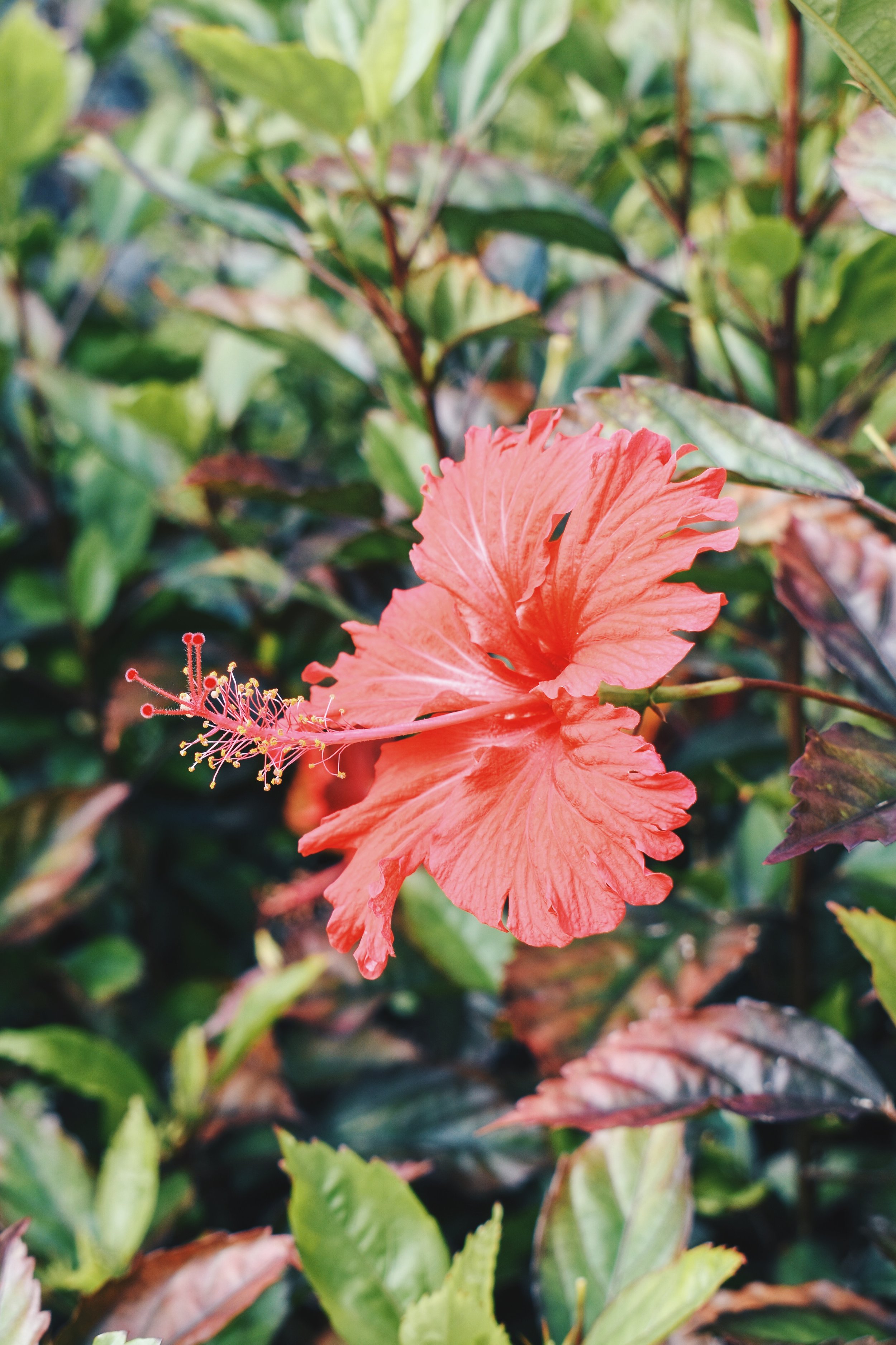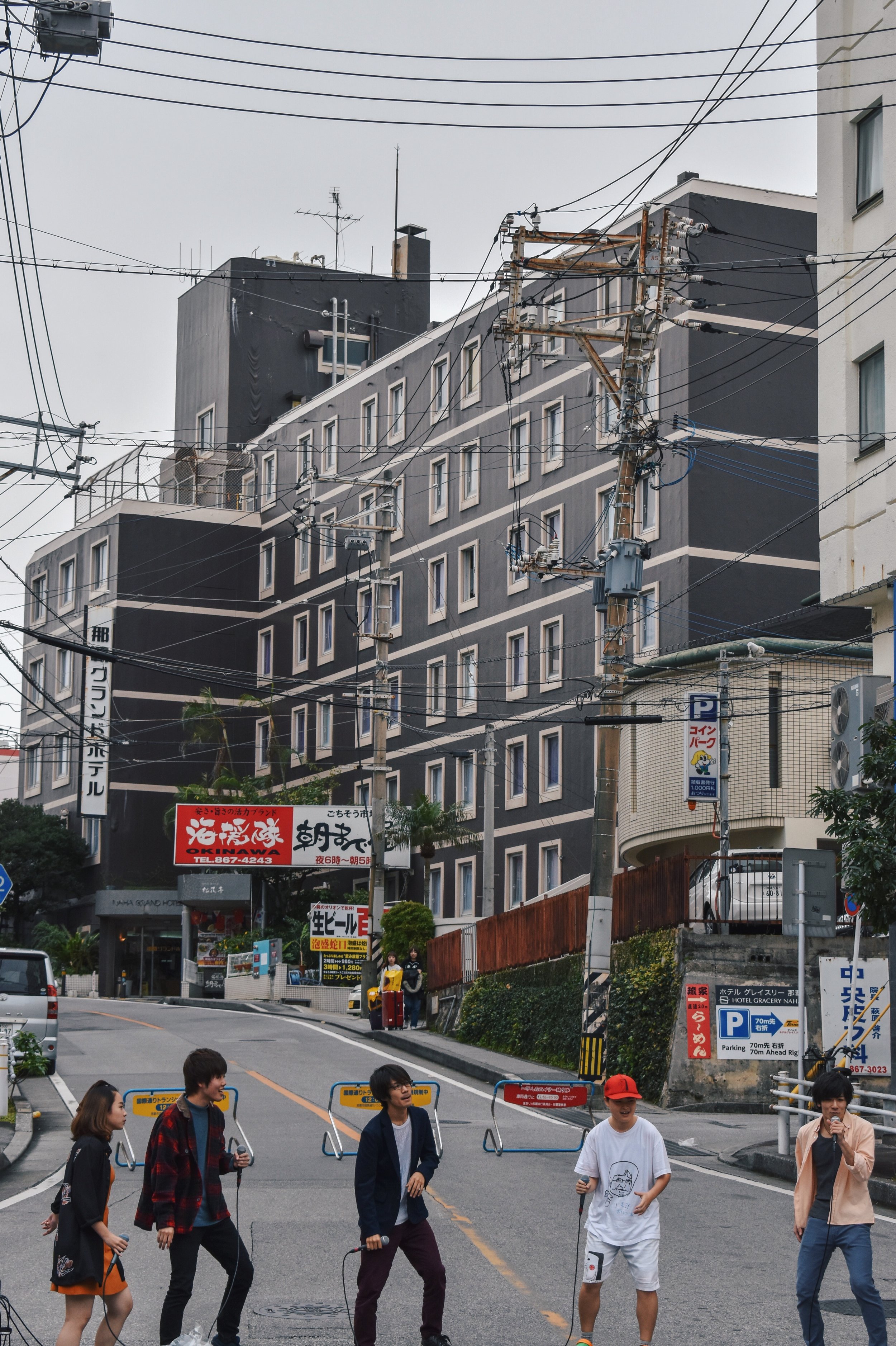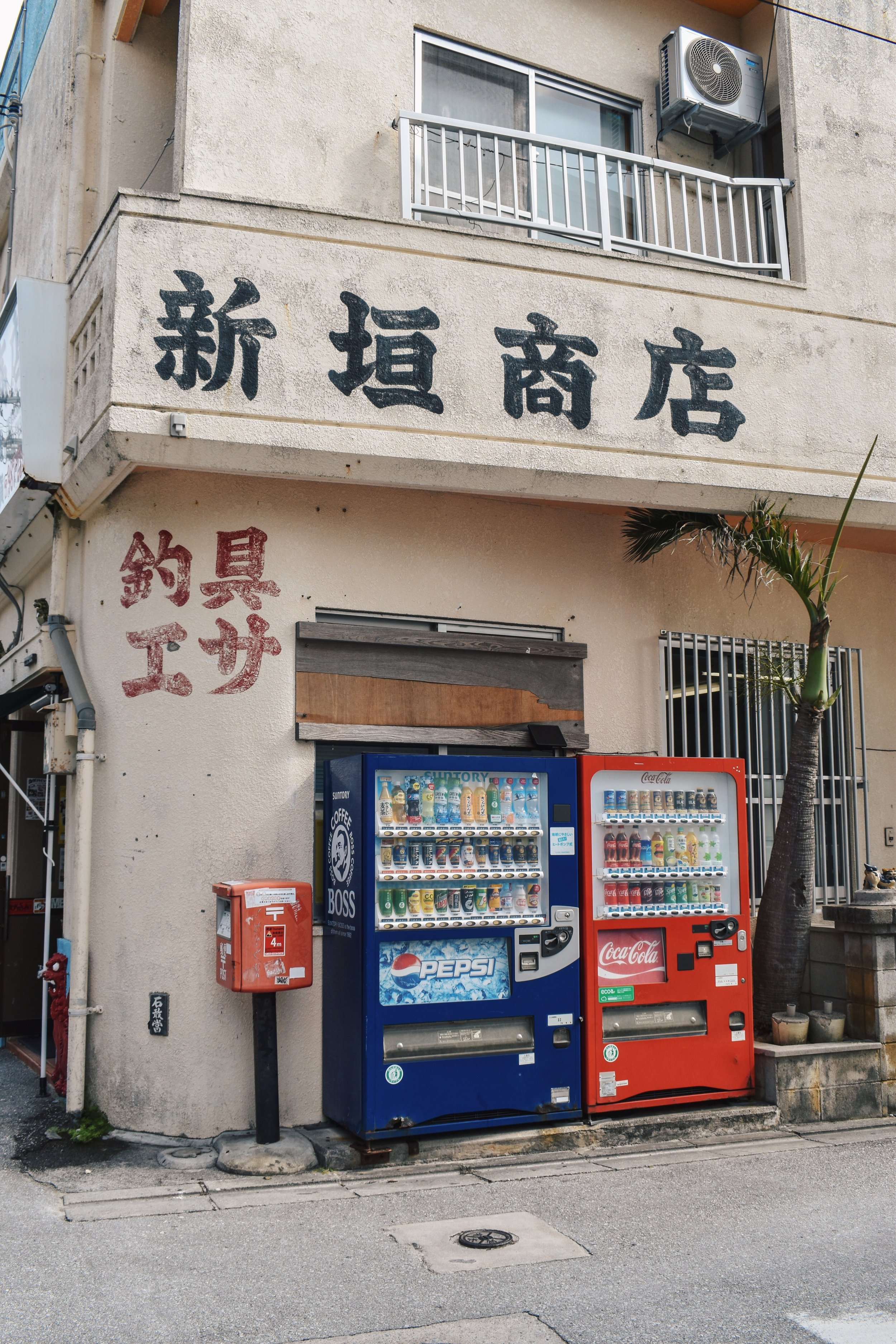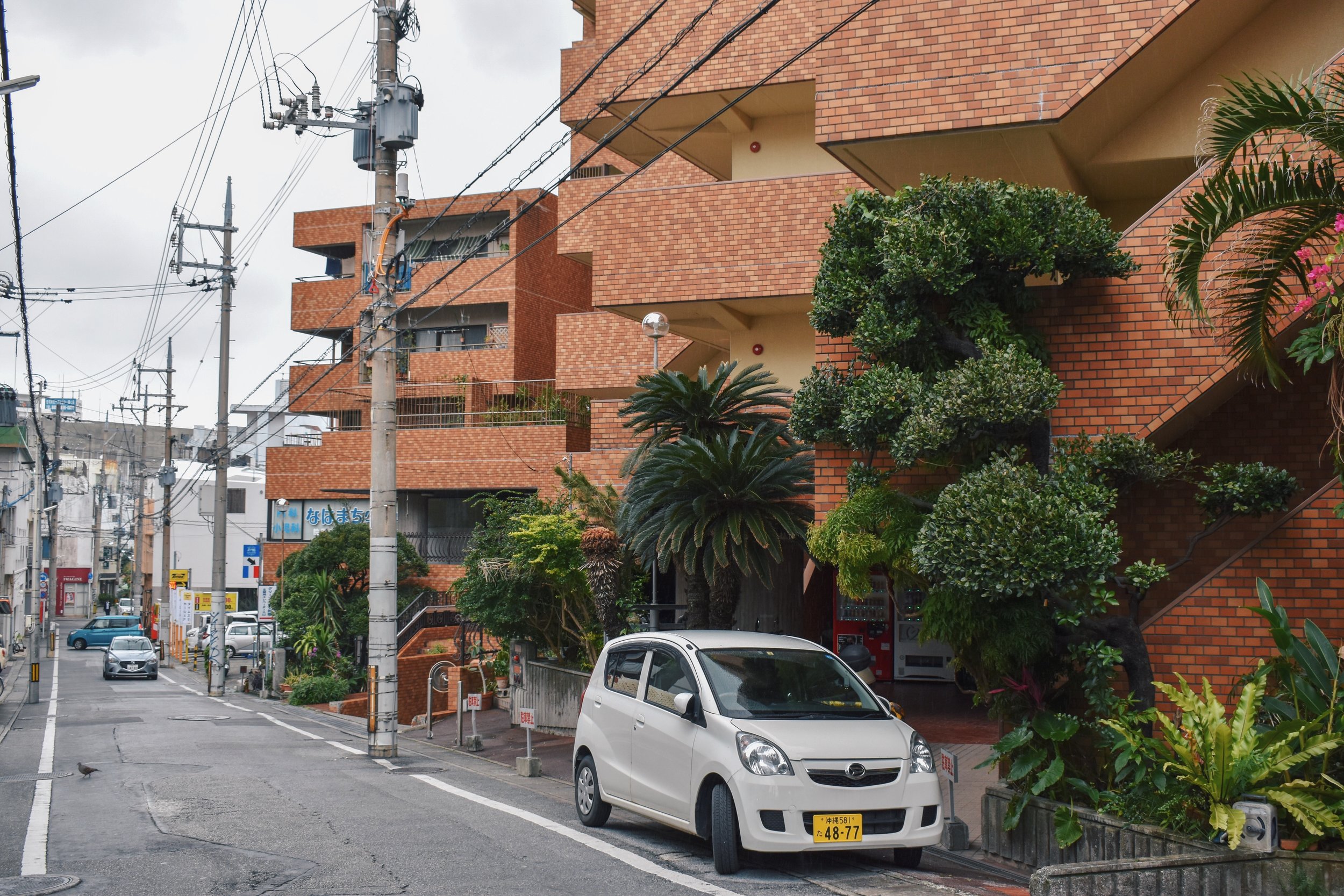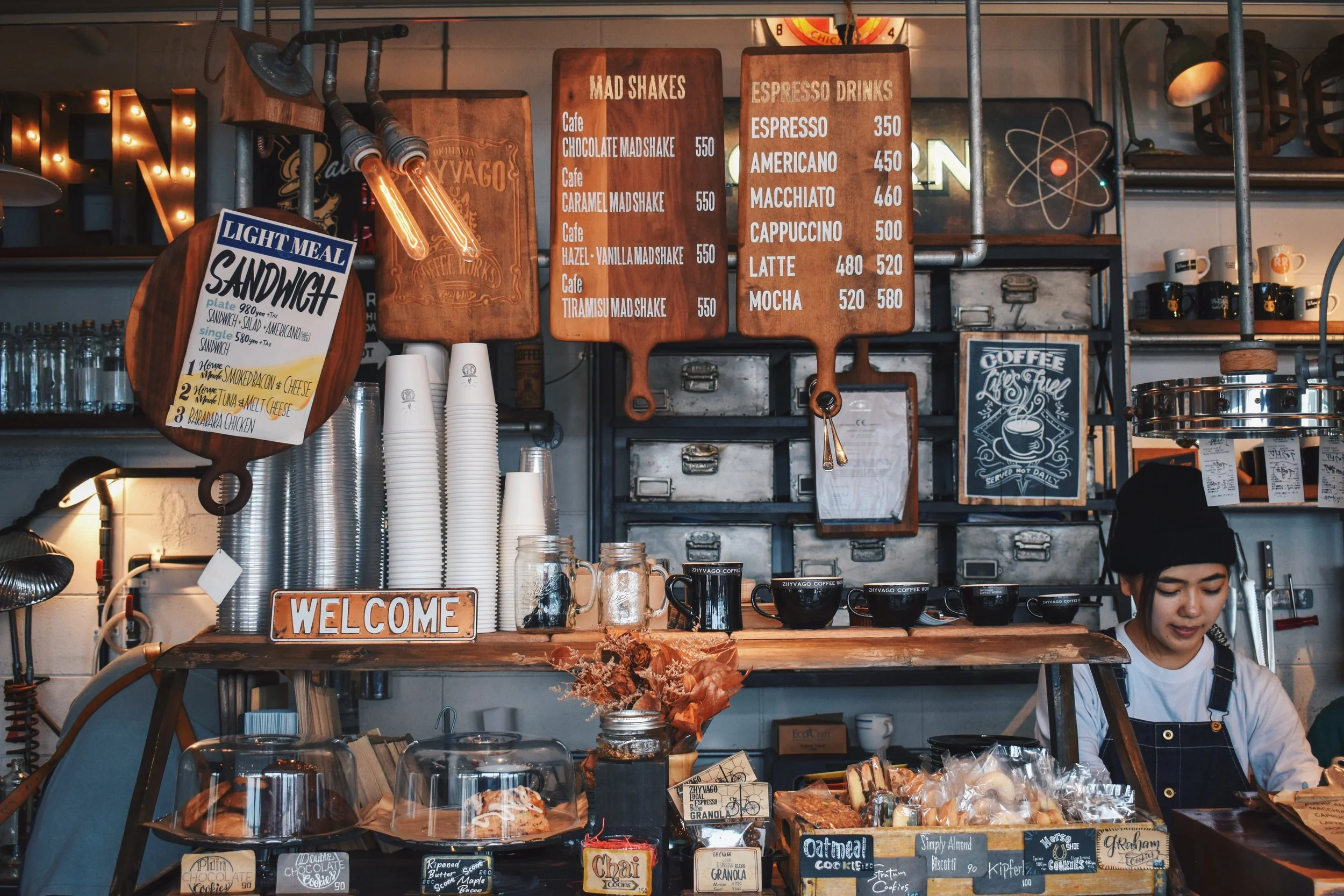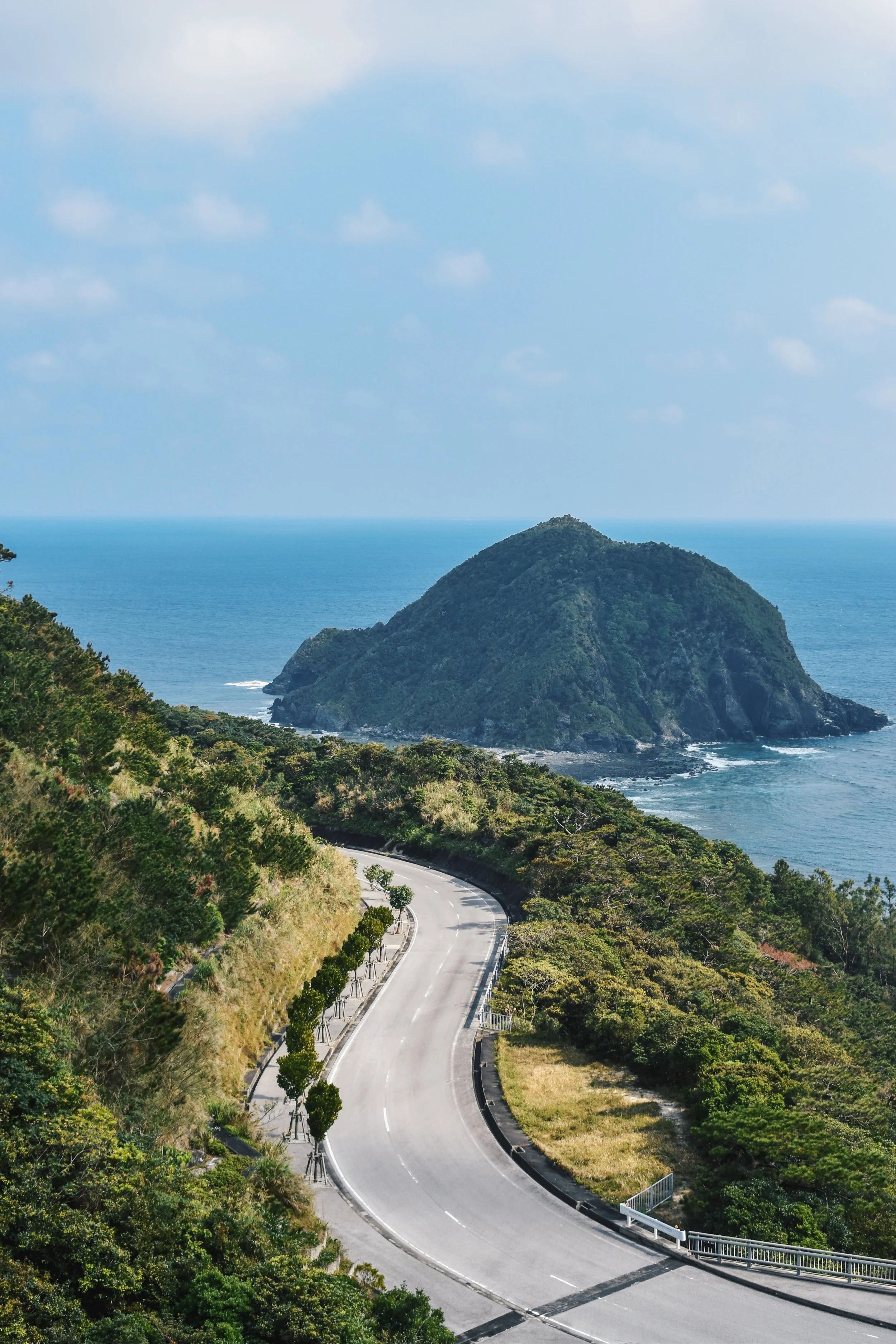Essential Information To Know Before Visiting Okinawa, Japan

Okinawa is known as the Hawaii of Japan, with an atmosphere and environment you’ll realise quite quickly is rather different from the rest of mainland Japan, and not just in climate and history.
Okinawa today is incredibly popular with visitors for it’s sub-tropical climate and laid back island charm, and many mainland Japanese flock to the islands too for a slice of paradise.
If you’re planning a trip there, here’s what you need to know about Okinawa.
Read: A Complete Self-Drive Week-Long Itinerary to Okinawa & The Best Places to Eat
Read: The Best Restaurants in Okinawa— Naha and Beyond
Read: What to See & Do in Okinawa’s Charming Capital City of Naha
Read: What It Was Like Driving in Okinawa; A Guide to Tolls, Parking, Rules & Habits
Read: A Day Trip to Tokashiki Island— Practical Information & What to See & Do
Brief History
Okinawa was the centre of the ancient Ryukyu Kingdom, a prosperous trading nation that did business with China, mainland Japan, The Philippines, Thailand, amongst others.
The prefecture of Okinawa came to be during the Meiji era, but after World War II and the gruesome Battle of Okinawa, the islands came under American rule until the 1970s.
Because of this, you’ll notice a large American influence on the islands, and it’s important to be aware and sensitive of what happened during and after the Battle, and there are many well-kept museums and monuments to visit to give you a better understanding of it’s difficult past.
Where to Go
Okinawa actually refers to a long string of islands, but the main island of Okinawa is the port of entry for most visitors arriving by air.
Naha is the capital city of Okinawa Island, and yes, there is an Okinawa City on Okinawa Island too.
The Kerama Islands, near to the main island, are a popular group of islands for diving and snorkelling which you can get to by ferry from Okinawa Island’s Tomari Port.
The Yaeyama Islands are also very popular, particularly the islands of Ishigaki, Iriomote and Taketomi, the latter island famous for housing the last authentic Ryukyu village, and it would be easiest to get to by flying in.
In this post, I’ll be focusing more on the main island of Okinawa since that’s where most visitors will end up.
When to Go:
Thanks to it’s pleasant climate, Okinawa is an incredibly popular summer destination, but you don’t have to wait till the traditional summer months to enjoy sunshine, blue skies and beaches.
Even in the winter months, Okinawa logs a clement day time average of 20°C, and even if it rains, it rarely rains all day.
However, due to the monsoon the sea temperature might be a little too chilly for proper water activities, and you’ll notice beaches to be a lot quieter. Swimming is also largely advised against, and beaches usually open for swimming from March to October.
If you’re planning on visiting in the winter, why not time your visit according to the cherry blossom forecast?
These vivid flowers of pink begin blooming in the south as they make their way up all the way to the north over the course of the end of winter, heralding warmer temperatures and the beginning of spring.
Exact dates vary every year, and a quick search for ‘cherry blossom forecast’ will tell you all that you need to know. But bear in mind that typically, they begin blooming in Okinawa in late January and early February.
In Okinawa, Nago Castle Park has been awarded the title of one of the 100 most beautiful spots for cherry blossom viewing in all of Japan.
Try to avoid visiting during Golden Week, a series of national holidays at the end of April as everyone will be travelling, and expect the main island to be very busy.
The second half of the year, usually around September, sees typhoons, so you might want to avoid that period as well, and keeping updated with weather forecasts and news will be the best way to predict when not to go during this time of year.
The summer months are peak season for Okinawa, and you can also see some incredible street festivals taking place. Those to take note of include the 10, 000 Eisa Dancers Parade in August and The Naha Great Tug-of-War Festival in October, both taking place on the main street of Naha, Kokusai-Dori.
Stay up-to-date with festivals in Okinawa here.
Getting around
To get from the main chain of islands in the north to the ones in the south, you’ll have to fly.
Japanese airlines do connect mainland Japanese cities with several airports in the islands, and several low cost carriers have provided a lower cost of entry into Okinawa from the mainland.
On Okinawa Island itself, it is possible to rely on public transportation in the form of buses, but expect services to be relatively infrequent. Public transportation is also better in the south, as the south is a lot more urban compared to the more rural north.
Unfortunately, JR rail lines do not operate in Okinawa, however, if you’re looking to combine your island getaway with visiting mainland Japan, you can obtain your rail passes in advance here!
It would be best to rent a car if you’d like to get around and explore on your own time and pace, even on small islands like Tokashiki Island.
One of the most, if not the most popular car rental company in Okinawa is OTS Car Rental, and I had a pleasant experience with them, and I’ll chronicle the actual experience of driving in Okinawa in a separate forthcoming post.
If you’re only staying in the capital city of Naha, you can get by via the monorail, and you can get passes which are relatively inexpensive, though it does get crowded during rush hour.
Other Information
Credit card acceptance is generally relatively low, in restaurants, shops or sightseeing areas.
Cards are more accepted in major convenience stores and malls.
Money changers can be found predominantly in the bigger cities, or cities where many of the American servicemen can be found, so carry enough cash with you.
How Many Days To Spend in Okinawa
If you’re planning on only seeing the main island, Okinawa is good for 5 days or so for a comfortable pace of driving around and seeing the various sights all over the island.
Bear in mind that while Okinawa island itself isn’t huge, driving north to south takes up to 3 hours.
If you’re only going to be in Naha, two full days is enough to cover the highlights.
If you’re planning trips to the nearby Kerama Islands, or more further down south, you’ll have to add travelling time in and how you plan to travel, whether quickly and only hitting the highlights, or stopping to laze the day away at a beach or two.
Read: A Day Trip to Tokashiki Island— Practical Information & What to See & Do
Why Travel to Okinawa
Personally, I found Okinawa’s change of pace from the mainland’s popular cities of Tokyo, Kyoto and Osaka to be quite refreshing.
I like that Okinawa has it’s own vibe, and the scenery is absolutely breathtaking.
Combine that with great food and local specialties as well as a pleasant climate, what more could you possibly need?


